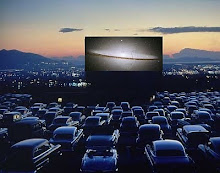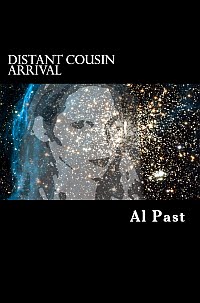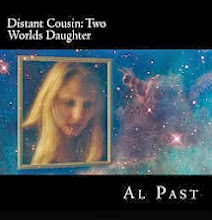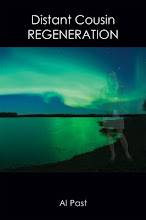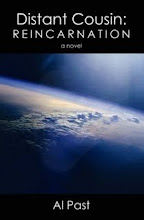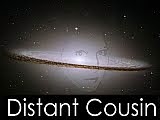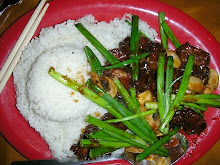Ana Darcy Méndez, the (normally) reclusive housewife living in Doña Ana County, New Mexico, was born on a planet 25 light years away, as readers of
her stories know. Her ancestors, descended from
Proto Indo-Europeans--pre-Christian nomads originally of north central Asia--could not have known about most of the major religions on Earth today
She has been interested to see that much Earthly religious thought is not that different from that of her own (Thoman) people, aside from doctrinal details. (She has discussed her
religious beliefs elsewhere in this blog.) Indded, her favorite poem (
"School Prayer," by Diane Ackerman), though not overtly religious, is undergirded by strong moral and ethical principles.
Living as she does in
southern New Mexico, where the Catholic faith is common, her discovery of Saint Francis of Assisi's
"Canticle of the Sun" was a matter of time. Saint Francis, renowned for his patronage of animals, the environment, and the heavens, struck Ana as someone Thomans would similarly revere. This is also one of her favorite poems.
Written in the twelfth century Umbrian dialect of Italian, we present it here in English:
Most high, all powerful, all good Lord!
All praise is yours, all glory, all honor, and all blessing.
To you, alone, Most High, do they belong.
No mortal lips are worthy to pronounce your name.
Be praised, my Lord, through all your creatures,
especially through my lord Brother Sun,
who brings the day; and you give light through him.
And he is beautiful and radiant in all his splendor!
Of you, Most High, he bears the likeness.
Be praised, my Lord, through Sister Moon and the stars;
in the heavens you have made them bright, precious and beautiful.
Be praised, my Lord, through Brothers Wind and Air,
and clouds and storms, and all the weather,
through which you give your creatures sustenance.
Be praised, My Lord, through Sister Water;
she is very useful, and humble, and precious, and pure.
Be praised, my Lord, through Brother Fire,
through whom you brighten the night.
He is beautiful and cheerful, and powerful and strong.
Be praised, my Lord, through our sister Mother Earth,
who feeds us and rules us,
and produces various fruits with colored flowers and herbs.
Be praised, my Lord, through those who forgive for love of you;
through those who endure sickness and trial.
Happy those who endure in peace,
for by you, Most High, they will be crowned.
Be praised, my Lord, through our Sister Bodily Death,
from whose embrace no living person can escape.
Woe to those who die in mortal sin!
Happy those she finds doing your most holy will.
The second death can do no harm to them.
Praise and bless my Lord, and give thanks,
and serve him with great humility.
Ana's explorations in her new planet's poetry, art, and cooking are on display in the column to the right, including:












